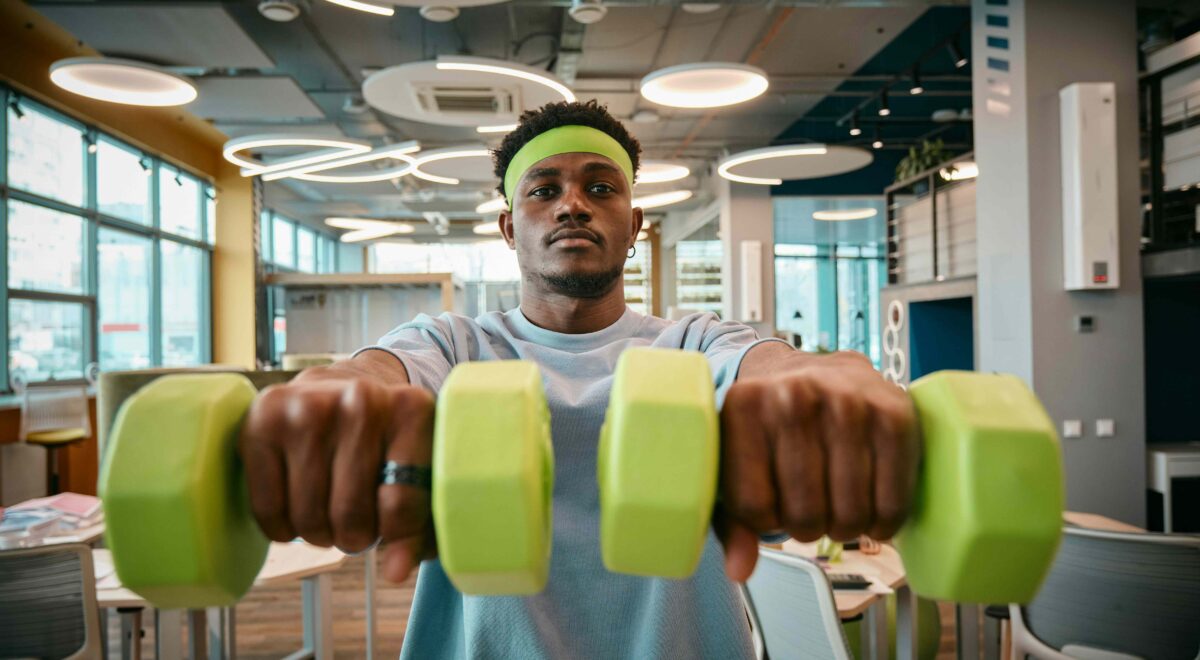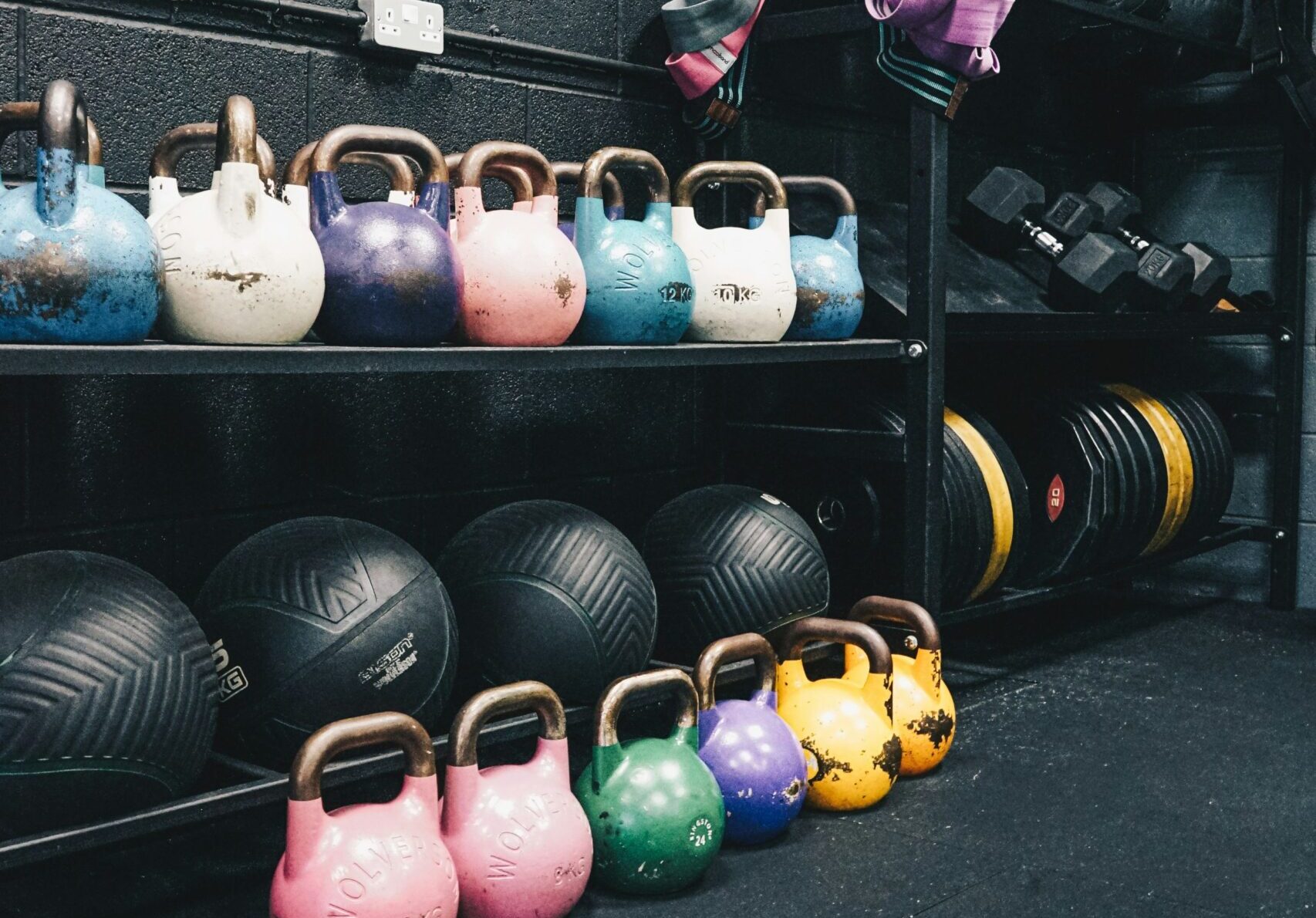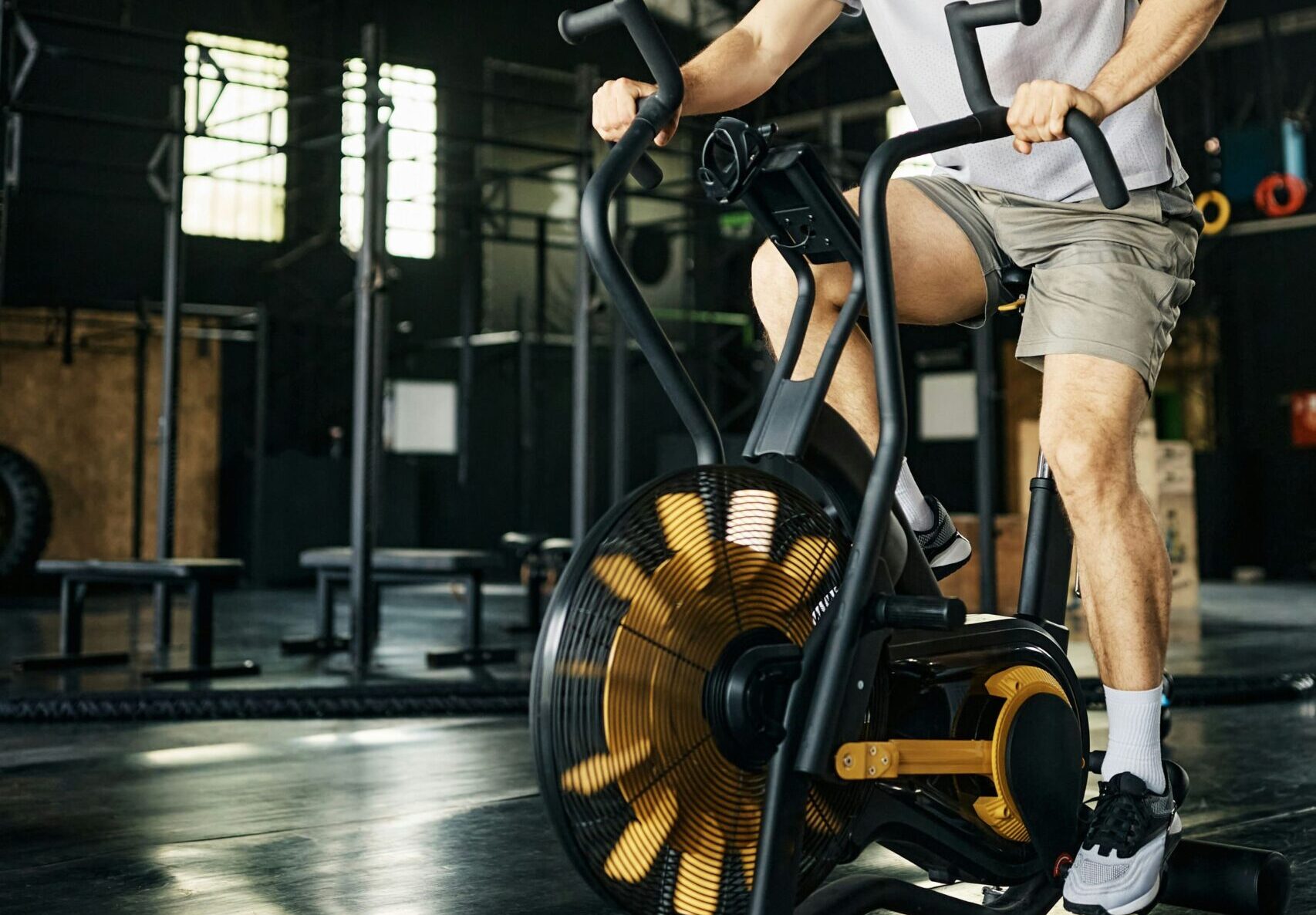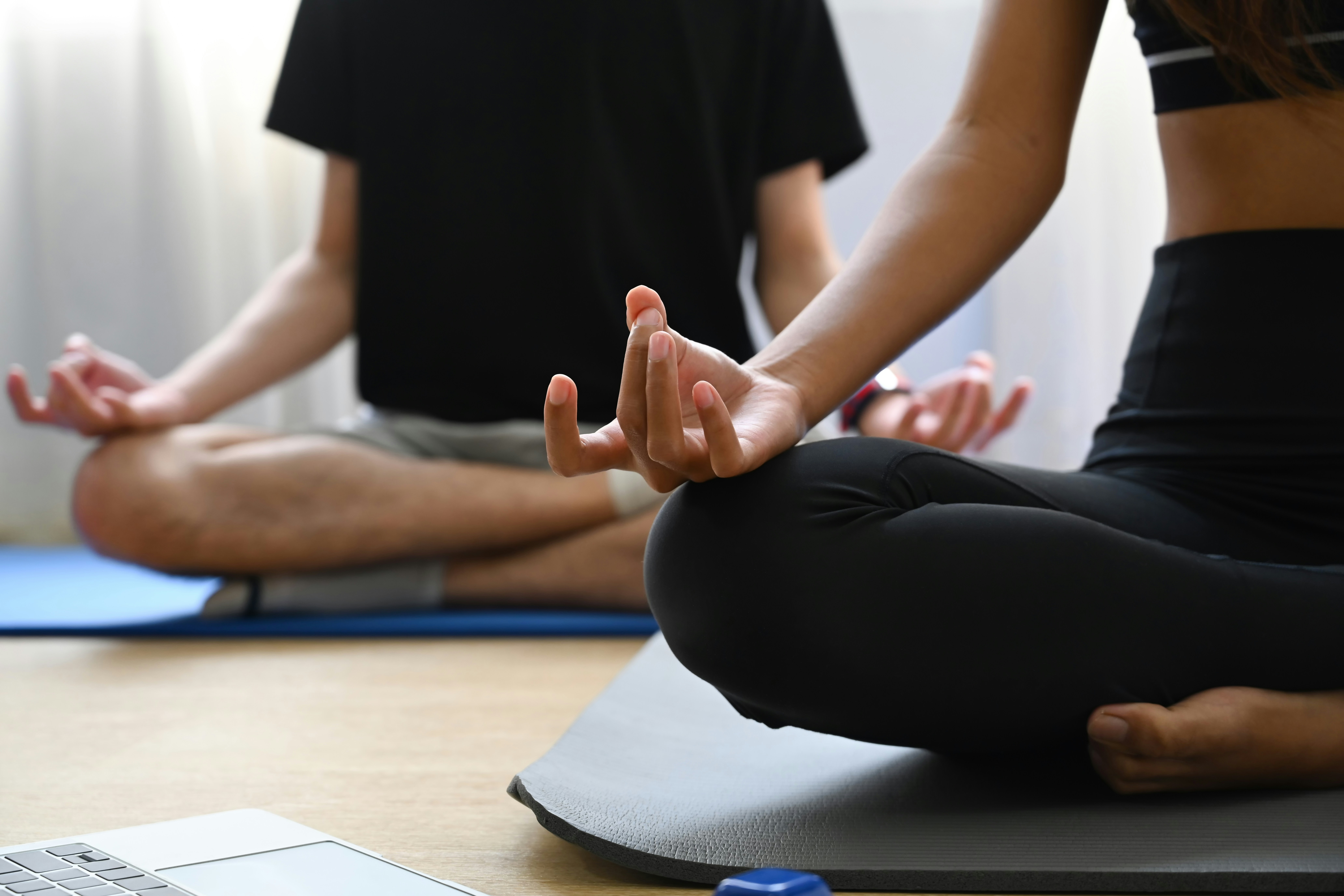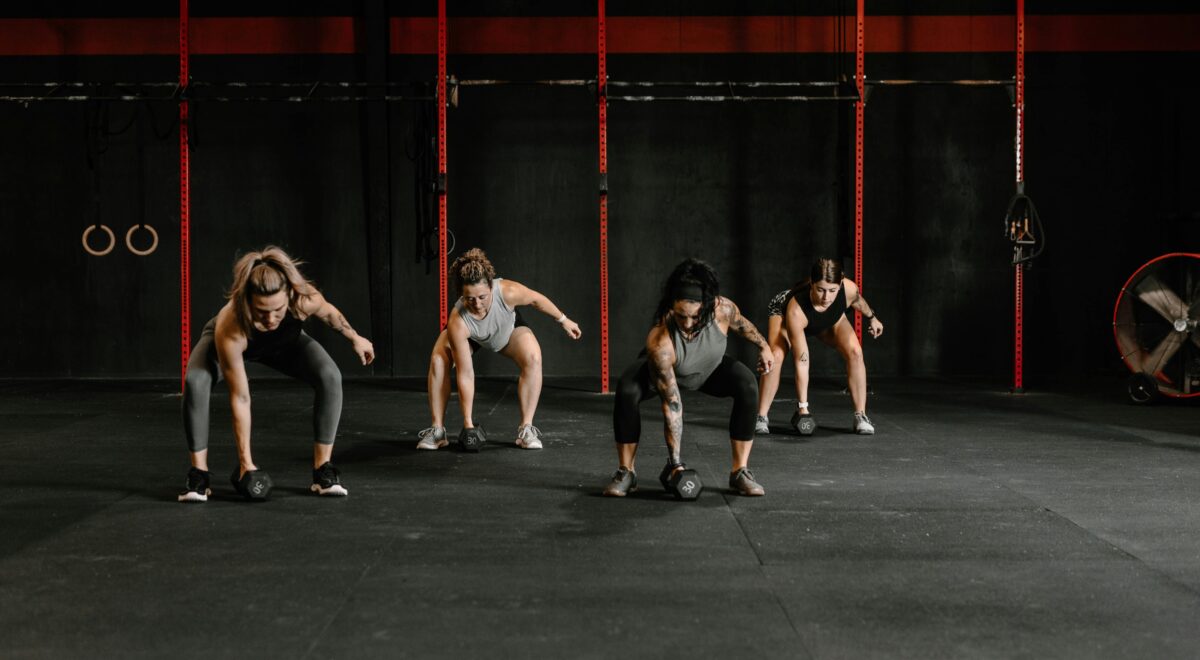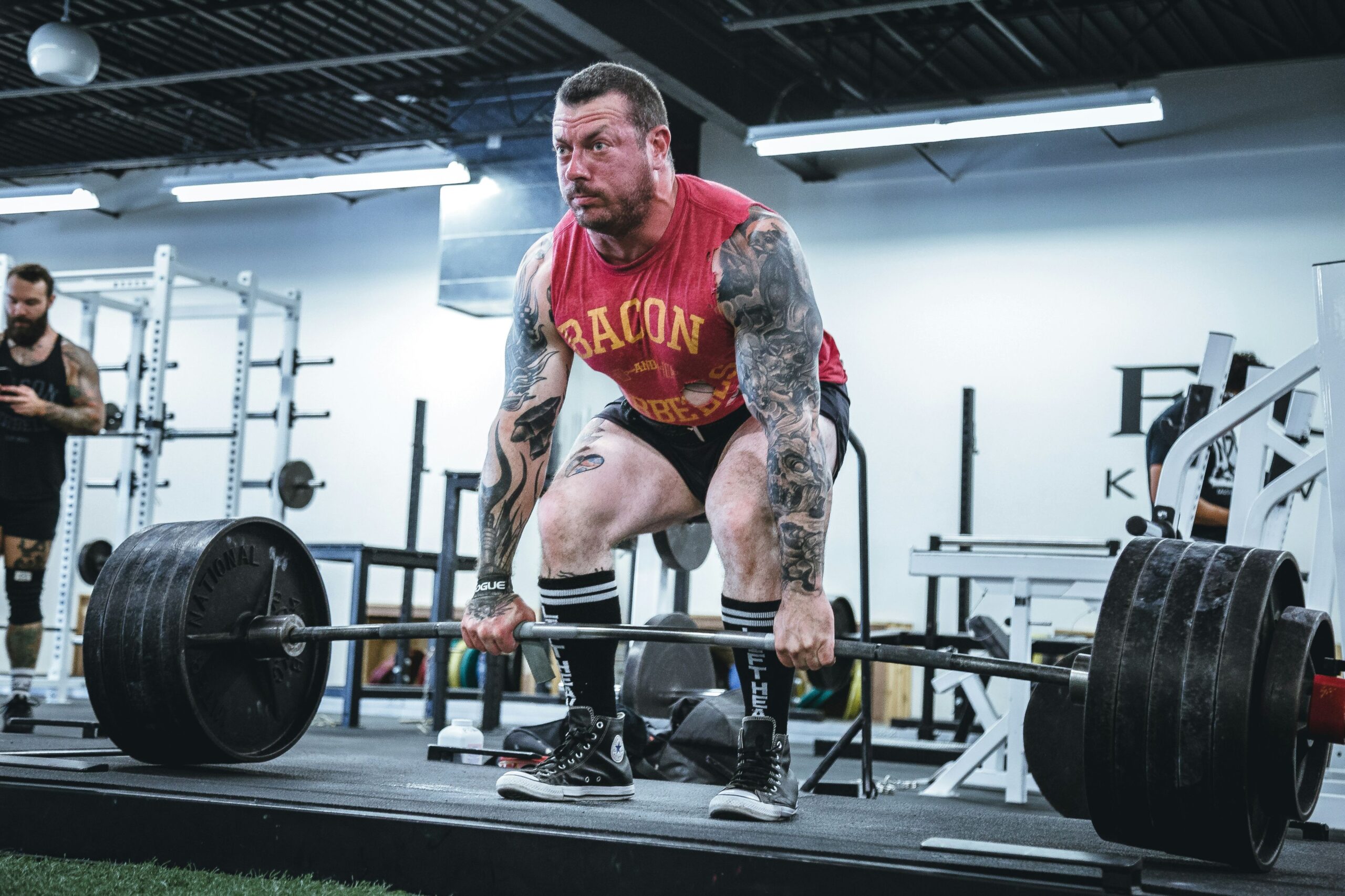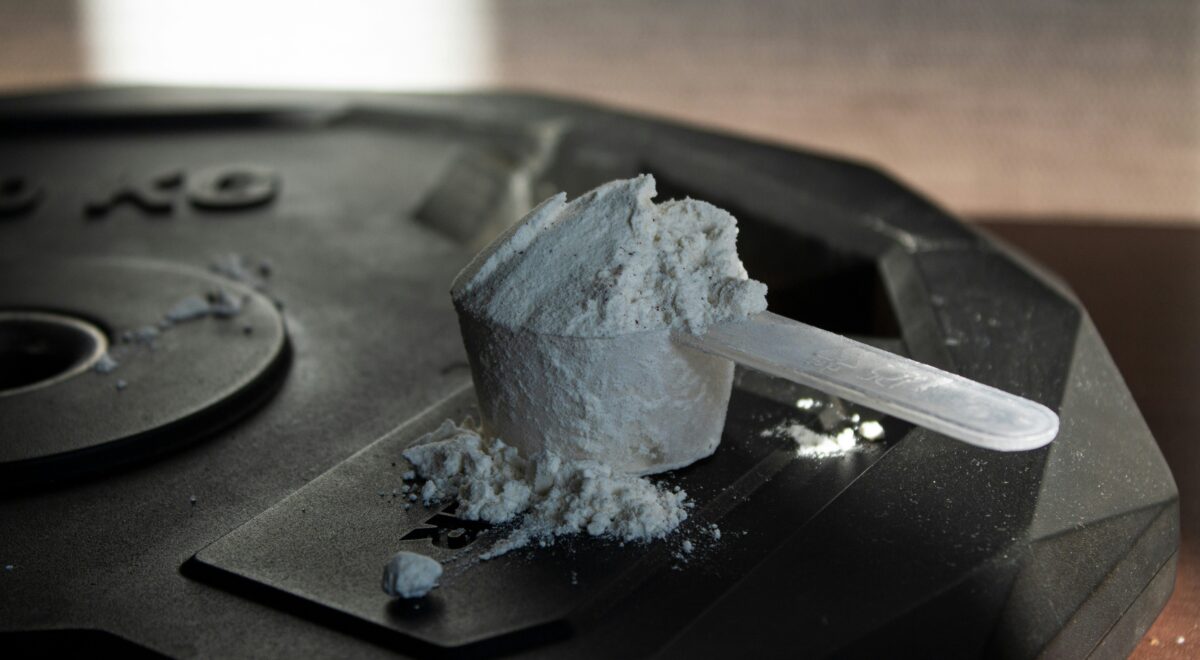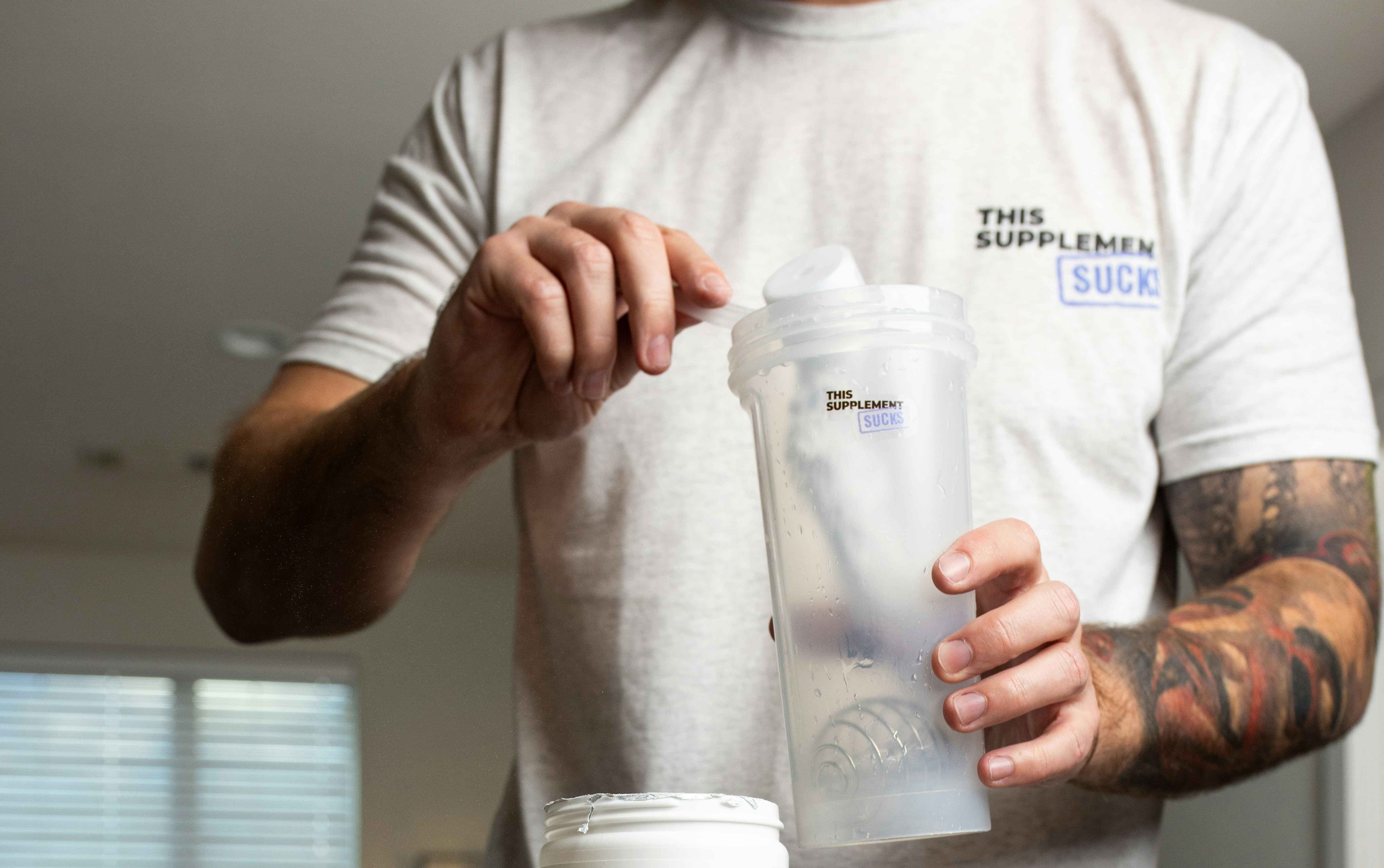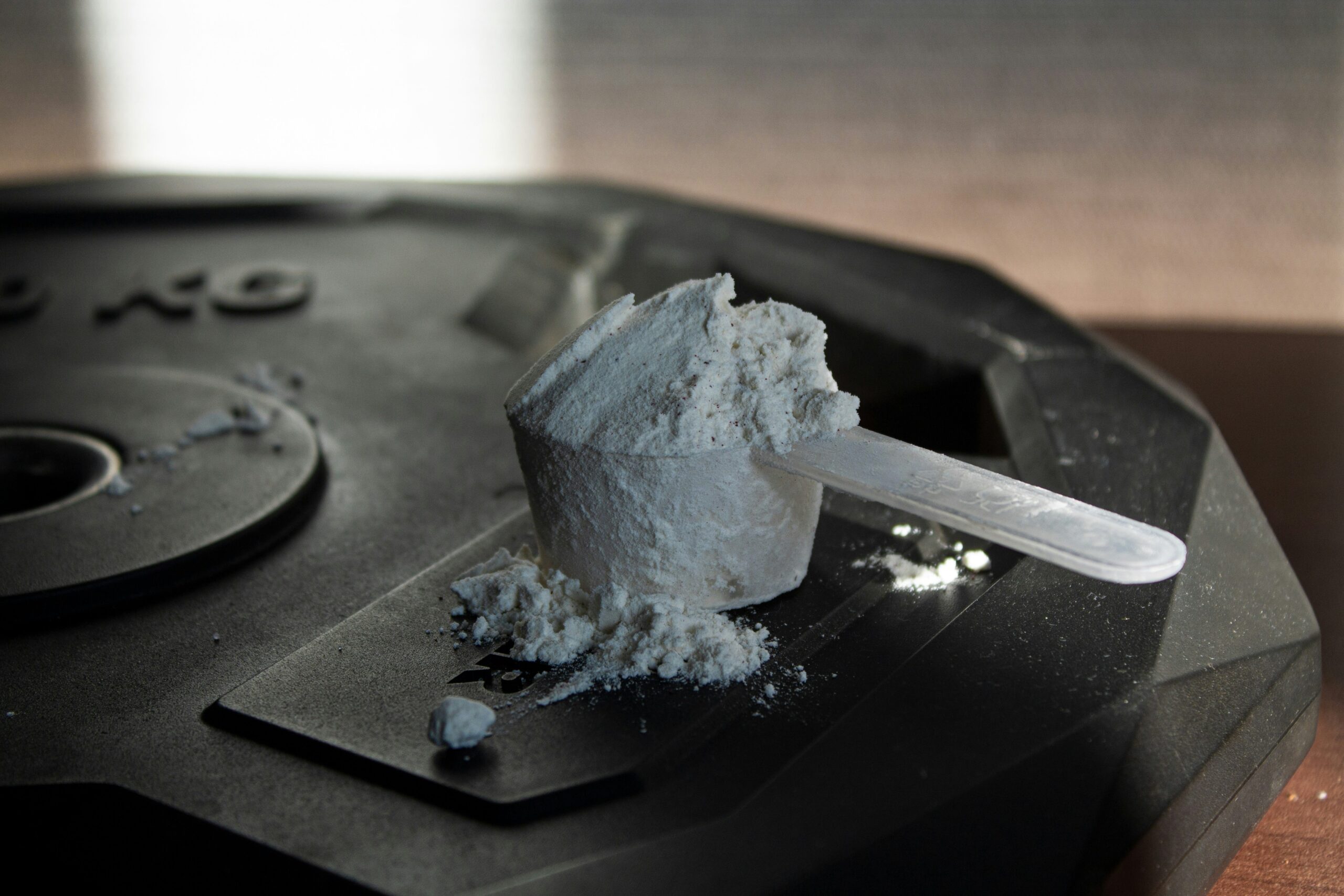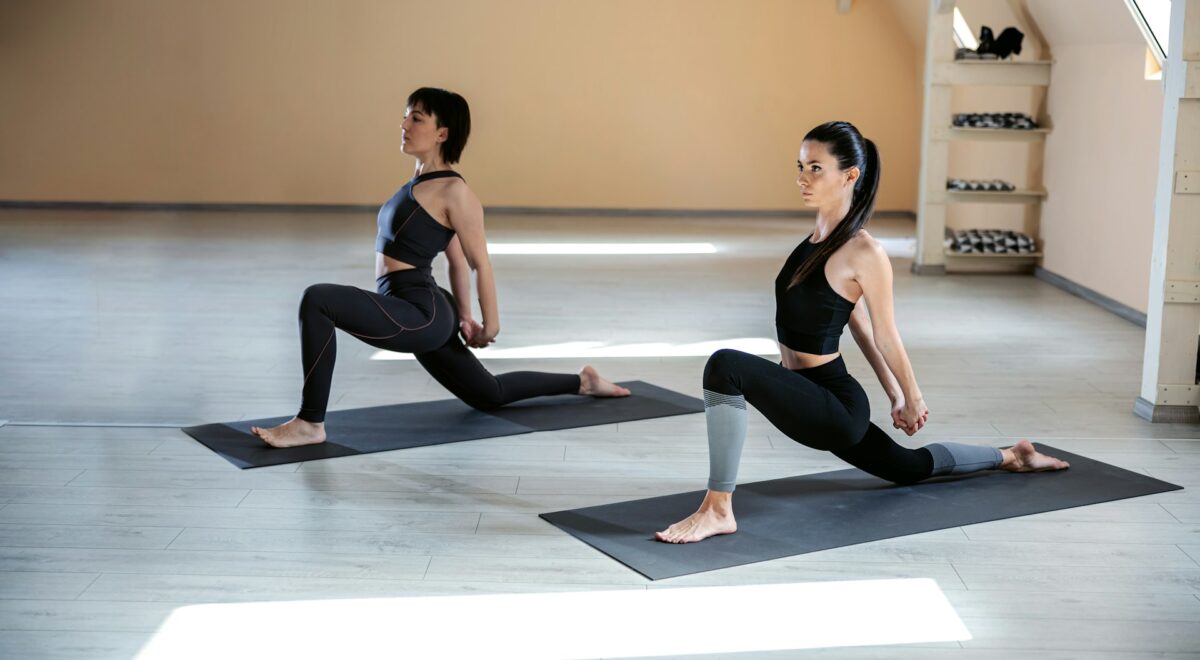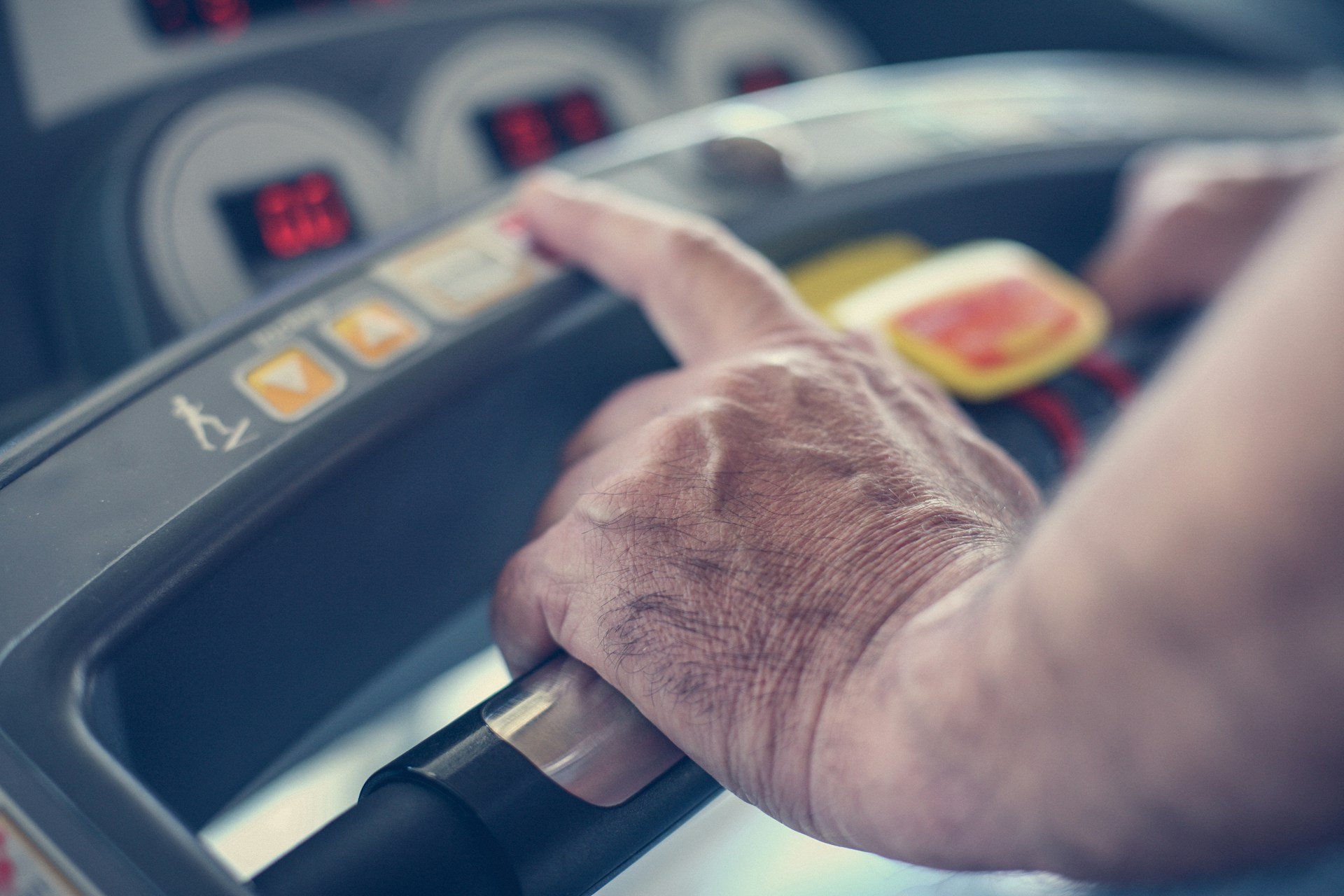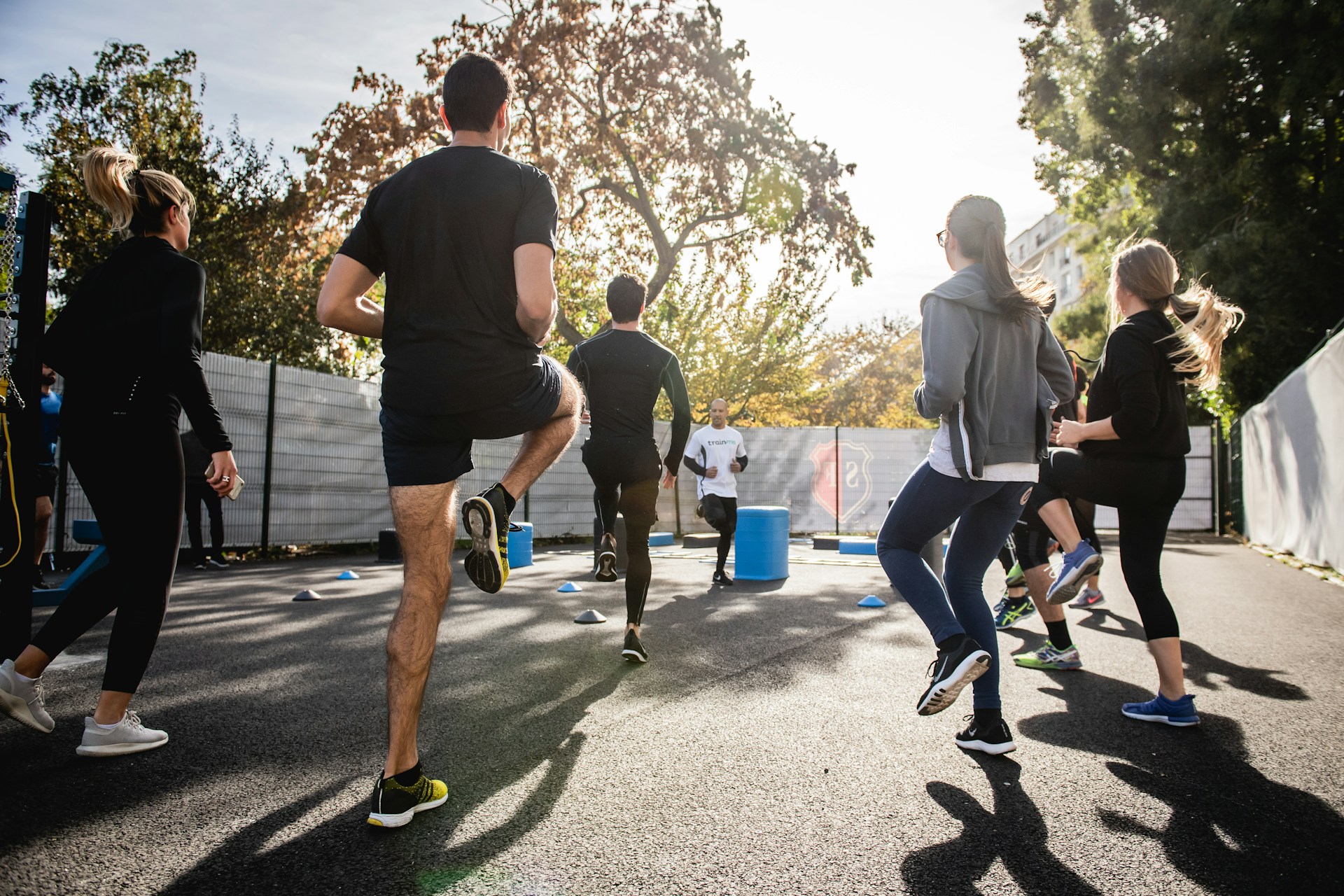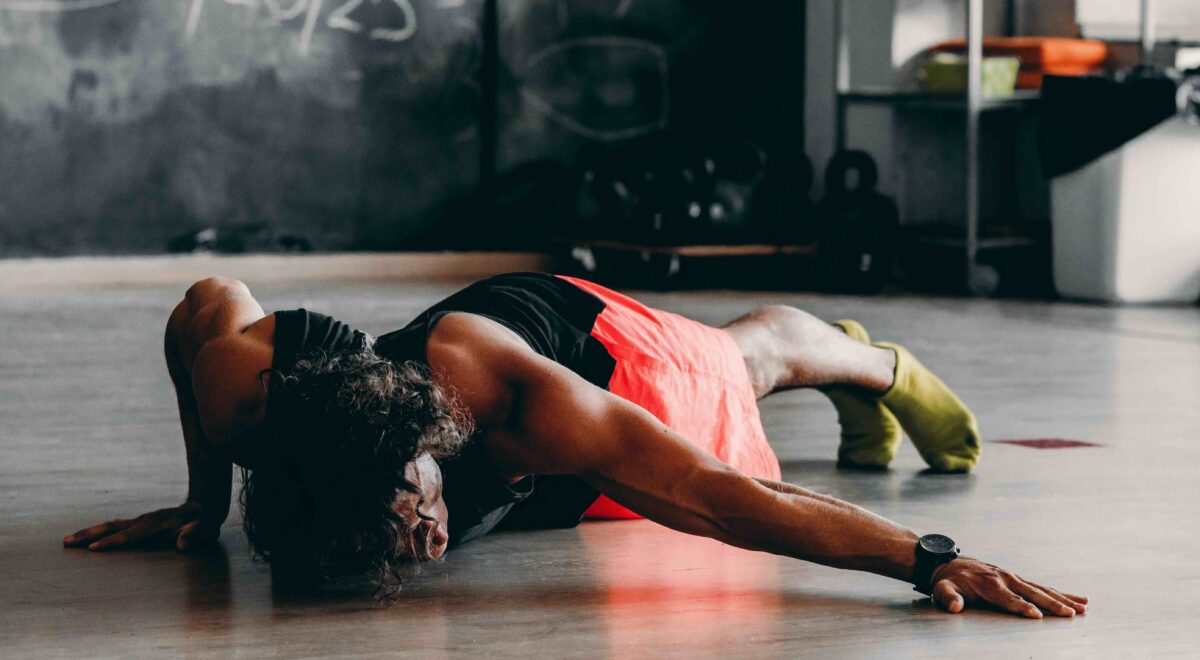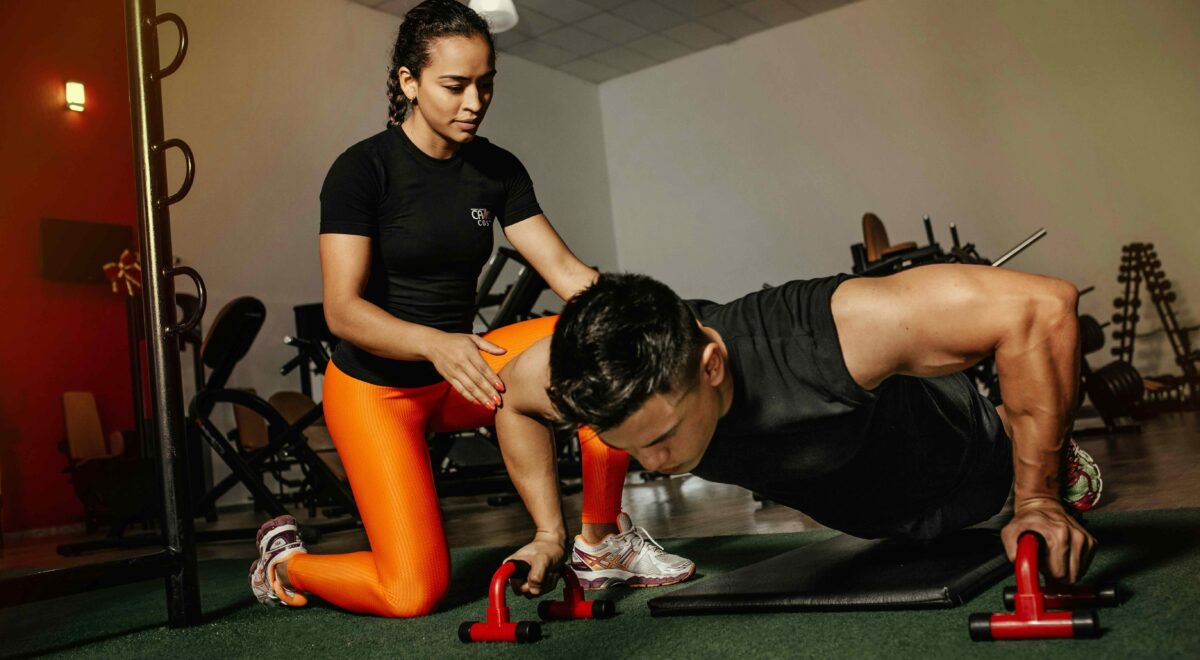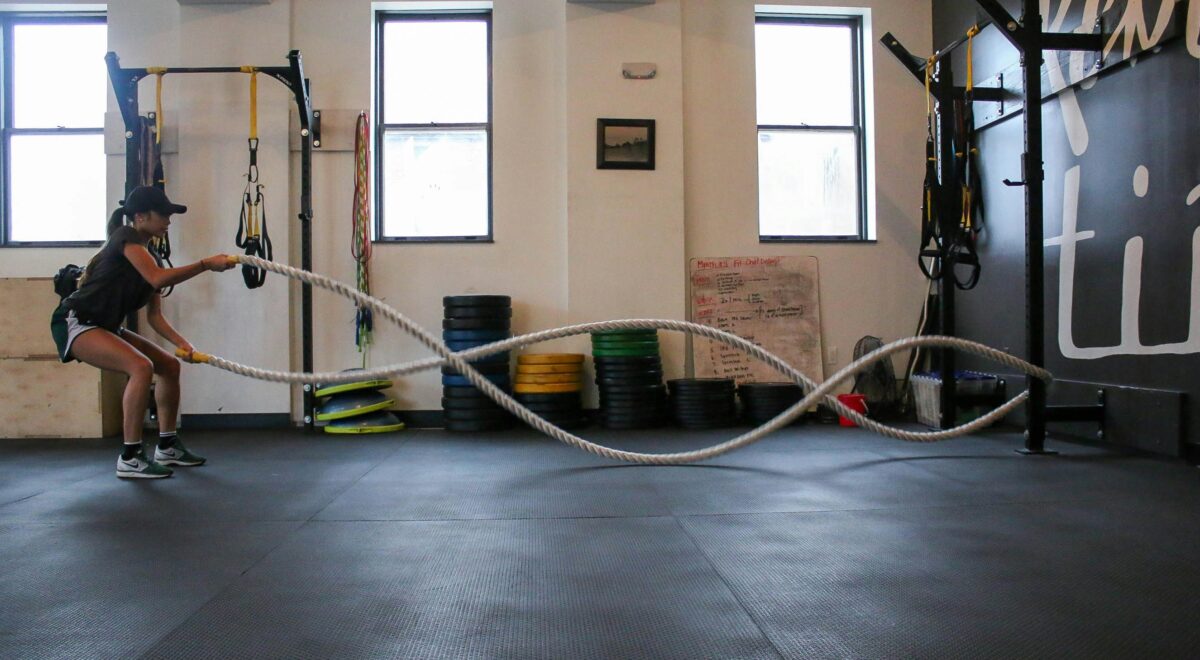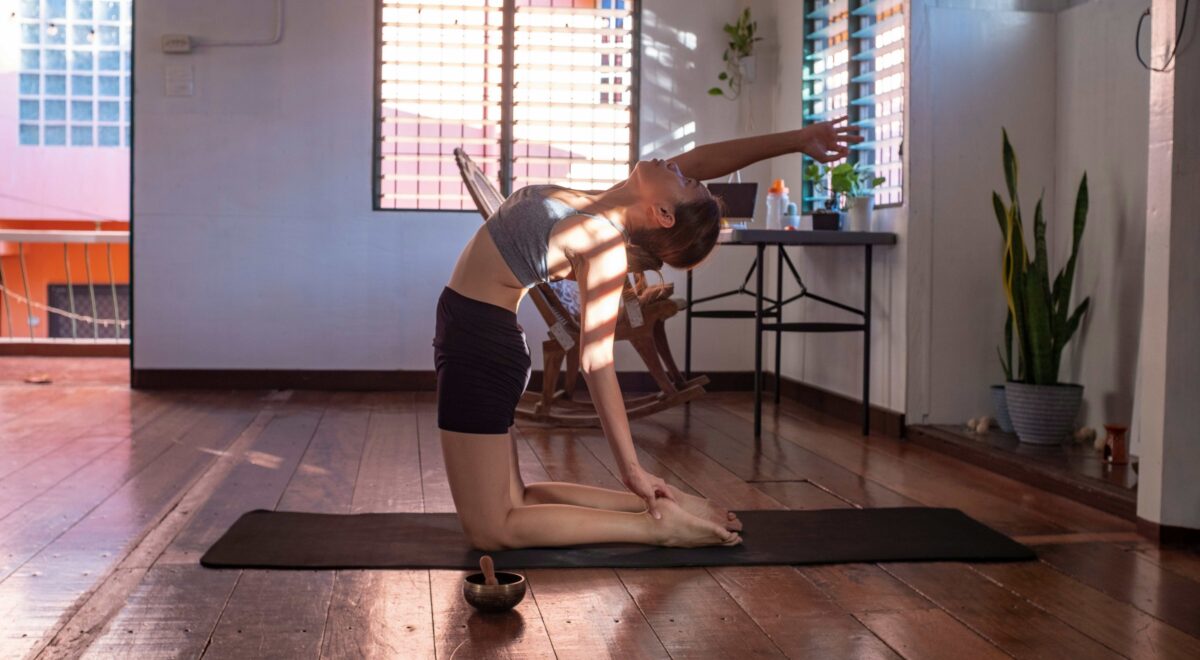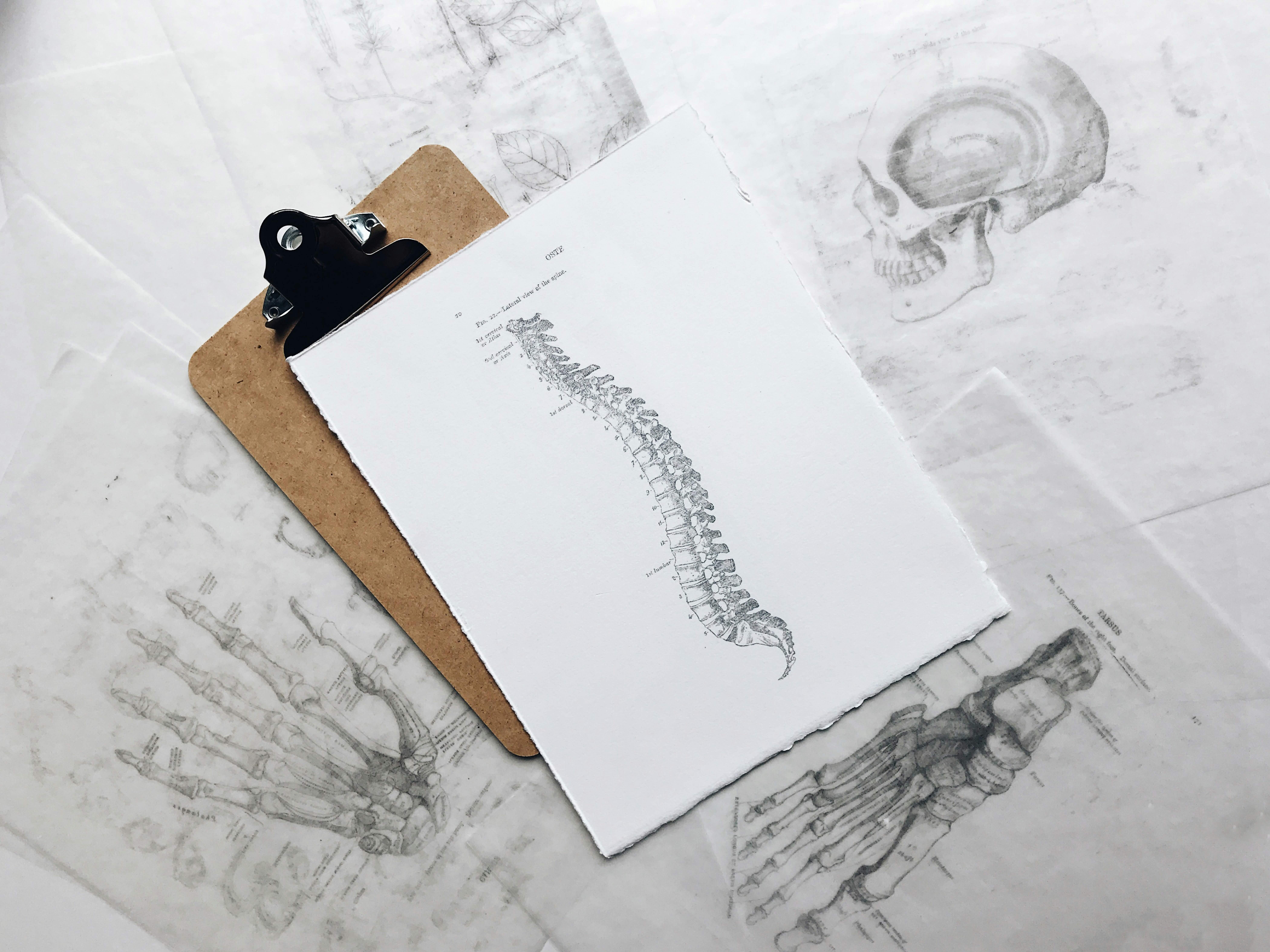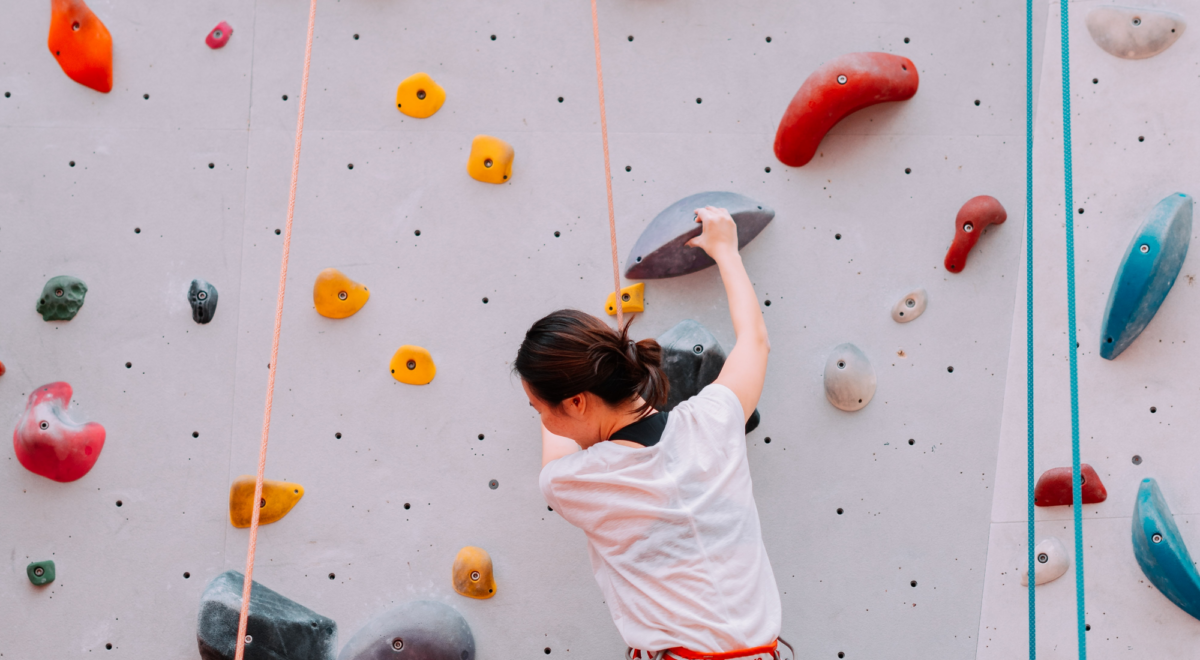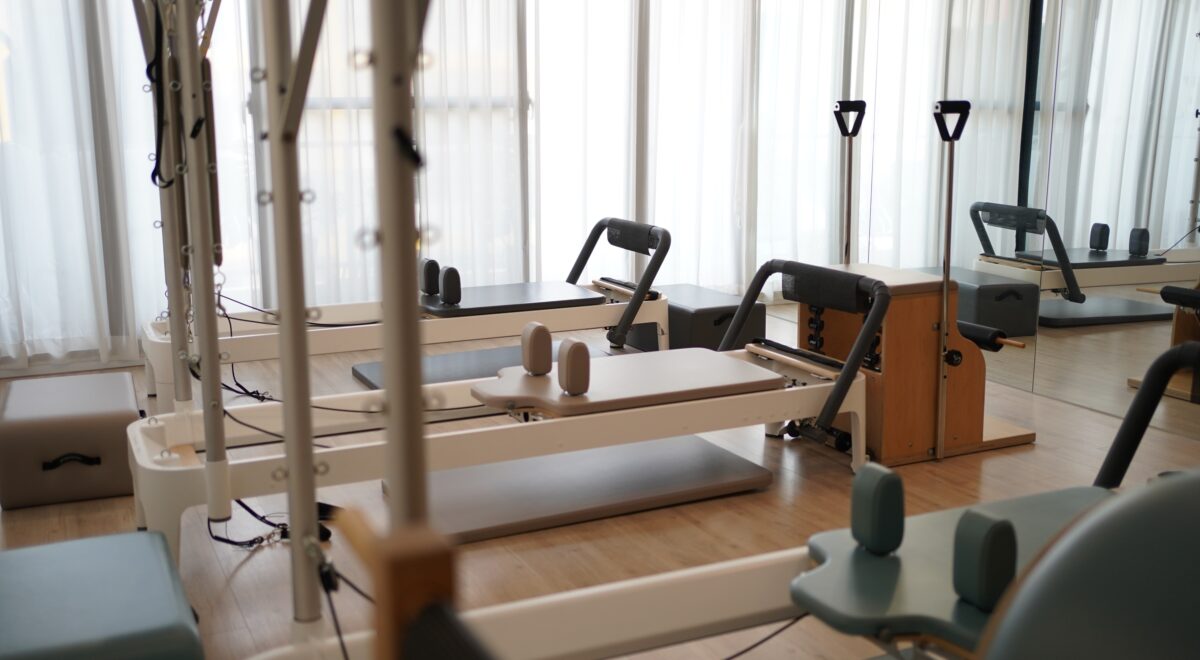How to Prevent Sports Injuries: Proven Tips & Techniques
 If you’re into sports, you know how quickly an injury can sideline you—whether you’re just trying to stay fit or you’re in the middle of a serious training block. But here’s the thing: how to prevent sports injuries isn’t just a mystery. It’s all about smart preparation and protecting your body from the start. In this article, we’ll break down the best strategies to avoid common sports injuries and help you stay active, injury-free, and performing at your best.
If you’re into sports, you know how quickly an injury can sideline you—whether you’re just trying to stay fit or you’re in the middle of a serious training block. But here’s the thing: how to prevent sports injuries isn’t just a mystery. It’s all about smart preparation and protecting your body from the start. In this article, we’ll break down the best strategies to avoid common sports injuries and help you stay active, injury-free, and performing at your best.
Why Sports Injuries Happen
Injuries rarely happen out of nowhere. They usually follow one of these patterns:
- Overuse: Running too much, lifting too often, or practicing movements that strain the same muscles without rest.
- Bad Form: Sloppy technique in anything from squats to tennis swings can create weaknesses and lead to injury.
- Weak Links: Tight hamstrings or a stiff back can destabilize the body and make it easier to injure yourself when you move.
How to Prevent Sports Injuries: The Basics
1. Always Warm Up
It sounds basic, but don’t skip it. Warming up increases blood flow to your muscles, gets your joints ready to move, and activates the stabilizers that keep you balanced. Aim for 5-10 minutes of dynamic stretches or light cardio—stuff like arm circles, leg swings, and bodyweight squats.
Pro Tip: If you’re lifting weights, start with a lighter set of your first exercise. It’ll get the body used to the movements before you add heavier loads.
2. Strengthen Your Core
When people talk about the “core,” they’re not just talking about six-pack abs. They mean your entire trunk—everything from your lower back to your pelvis. A weak core compromises stability, leading to bad posture and unnecessary strain on your joints.
Add exercises like planks, side planks, or dead bugs to your routine. These moves will improve your balance and overall posture, reducing the risk of injuries.
Quick Hack: Commit to two minutes of planking daily. It’ll pay off in less back pain and fewer injuries.
3. Get Enough Recovery
Your muscles need time to rebuild and strengthen. Skipping recovery means you’re giving them no chance to repair themselves. Proper recovery includes sleep, hydration, and active rest days.
Here’s the breakdown:
- Sleep: Aim for 7-9 hours a night. This is when your body does most of its recovery work.
- Hydration: Without enough water, your muscles become tight and less elastic, which increases the risk of strains and sprains.
- Active Recovery: Take it easy with things like walking, yoga, or light swimming to keep your muscles mobile without overloading them.
4. Improve Your Movement Patterns
If you can’t squat properly, don’t expect your knees or back to stay injury-free when you load up with weight. Learning proper technique and movement patterns is key to injury prevention.
Whether you’re lifting or playing sports, getting your form right is essential. Record yourself or ask a coach to critique your movements. Make sure your posture is solid and that you’re moving within your body’s natural range of motion.
Specific Tips to Prevent Injuries in Different Sports
1. Strengthen the Small Muscles
It’s easy to get caught up in training the big muscles, but weak stabilizing muscles are a major contributor to injury. Weak ankles, shoulders, or hips don’t do their job during high-stress activities, putting you at risk.
- Ankle Strength: If you run, jump, or do any lateral movements, work on your ankle stability with exercises like single-leg balances or banded ankle exercises.
- Shoulder Stability: If you swim or lift, add face pulls, band pull-aparts, or scapular push-ups to strengthen your rotator cuffs.
2. Progress Slowly
Remember the 10% Rule: Don’t increase your activity or intensity by more than 10% per week. Whether you’re running, lifting, or doing sports drills, gradual increases give your body time to adapt.
Jumping in too fast leads to overuse injuries, which are common in athletes trying to do too much too soon. Give your body a chance to catch up!
3. Gear Up Properly
If your shoes are worn down or your equipment is subpar, you’re more likely to get injured. Running shoes need to be replaced every 300-500 miles, and any equipment that’s showing wear should be swapped out. The right gear helps prevent injuries by supporting your body’s movements properly.
4. Stretch and Stay Flexible
Flexibility isn’t just for yogis. Tight muscles can pull on your joints, increasing your risk of injury. Incorporate dynamic stretches into your warm-up and static stretching after your workout. Foam rolling is also an easy way to improve muscle flexibility and release tension.
Busting Myths About Injury Prevention
Myth #1: Train Hard Every Day
Rest isn’t weakness—it’s essential for recovery. Your body needs downtime to rebuild stronger. Don’t fall into the trap of “no pain, no gain.” If you push yourself hard without enough recovery, injuries will creep in.
Myth #2: Pain is Normal
Pain is not part of the process. Some soreness is expected, but sharp pain or discomfort during exercise is your body telling you something’s wrong. Pay attention and adjust accordingly.
Myth #3: Stretching Prevents Injuries
Static stretching before exercise isn’t as effective as you might think for injury prevention. Stick to dynamic stretches before you work out. Save static stretches for after exercise when your muscles are warmed up and pliable.
What to Do If You Get Injured
Even with the best prevention techniques, injuries can still happen. If you get hurt, don’t push through the pain. Use the R.I.C.E. method:
- Rest: Give the injury time to heal.
- Ice: Reduce swelling and inflammation.
- Compression: Help reduce swelling with a bandage or wrap.
- Elevation: Keep the injured area raised to help reduce swelling.
By following these tips and paying attention to how your body moves, you can dramatically reduce your chances of injury. Prevention is all about being proactive—understanding how to prevent sports injuries through smart training, recovery, and awareness will keep you in the game longer and help you perform at your peak. Stay smart, stay safe, and keep pushing forward!



 Muscle hypertrophy, or the increase in muscle size, is a goal for many fitness enthusiasts. Whether you’re aiming for aesthetics, strength, or both, optimizing your workouts with scientifically backed exercises is key. This guide breaks down the best exercises for muscle hypertrophy so you can maximize results in the gym.
Muscle hypertrophy, or the increase in muscle size, is a goal for many fitness enthusiasts. Whether you’re aiming for aesthetics, strength, or both, optimizing your workouts with scientifically backed exercises is key. This guide breaks down the best exercises for muscle hypertrophy so you can maximize results in the gym.

